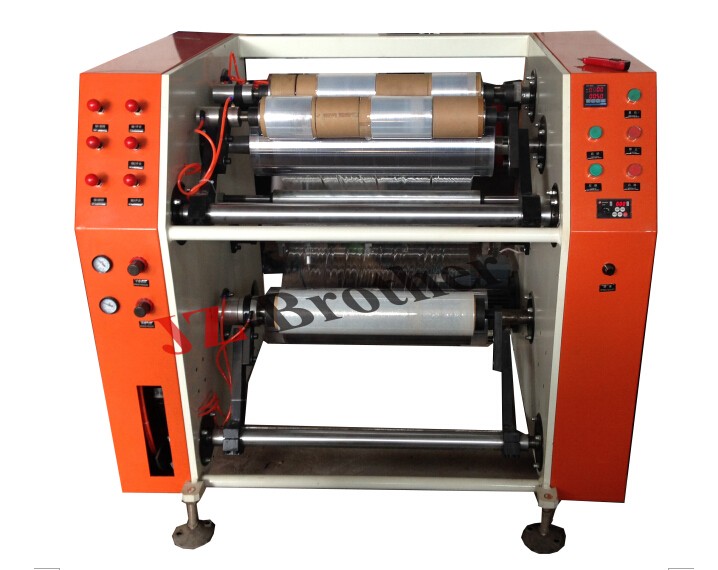

On the right-hand side of the film compartment, you'll probably see a row of from two to six shiny metal contacts. How can you tell if your camera is equipped with a DX sensor for reading the length of the film? Look inside the back, where the film cartridge goes. When the camera's built-in motor suddenly finds that it can't move the film forward any more, it switches gears and starts its rewind cycle. Instead, they use the tried-and-true tension system. But in reality, most cameras don't have the requisite sensor, since the electronics involved would make them even more expensive than they are. In an ideal world, all cameras would read this square, remember what it tells them and use the information to know when to begin rewinding. If the film cartridge has a foreshortened-checkboard pattern on its side, it's DX coded.) When the aforementioned square is black, the film is 24 exposures long when it's silver, you have a 36-exposure load.
#Which way does the rewinder crank when rewinding film code#
(The DX code is a film-information system designed by Kodak and now widely adopted. For instance, there is a tiny little square on every DX-coded roll of film that is designed to tell DX-sensitive cameras how long the film is. How does your camera know when it has reached the end of the roll? That depends. All I could offer them was some commiseration and an explanation, of sorts. I admit I've never experienced this gremlin firsthand, but I'm loathe to doubt my own kin, who were eager to have me ''solve'' the problem. This is not only disconcerting but also costly: the cameras in question rewind the film completely into the cartridge so there is no chance of easily salvaging the remaining frames. Case in point: automatic rewind.Īt a recent family gathering blessed with as many point-and-shoot cameras as aunts and uncles, two of my relations complained to me about the pesky tendency of their cameras to start rewinding the film in the middle of the roll. But there are times when we have to pay a price for the conveniences we demand in today's 35-millimeter cameras. Cameras aren't really monsters, and automation has yet to go on a rampage through the countryside.

Well, perhaps the analogy is stretching things a bit. We're left behind, watching helplessly as the motorized innards of our cameras take on wills of their own. LIKE the monster in Mary Shelley's novel ''Frankenstein,'' automation can sometimes run amok.


 0 kommentar(er)
0 kommentar(er)
